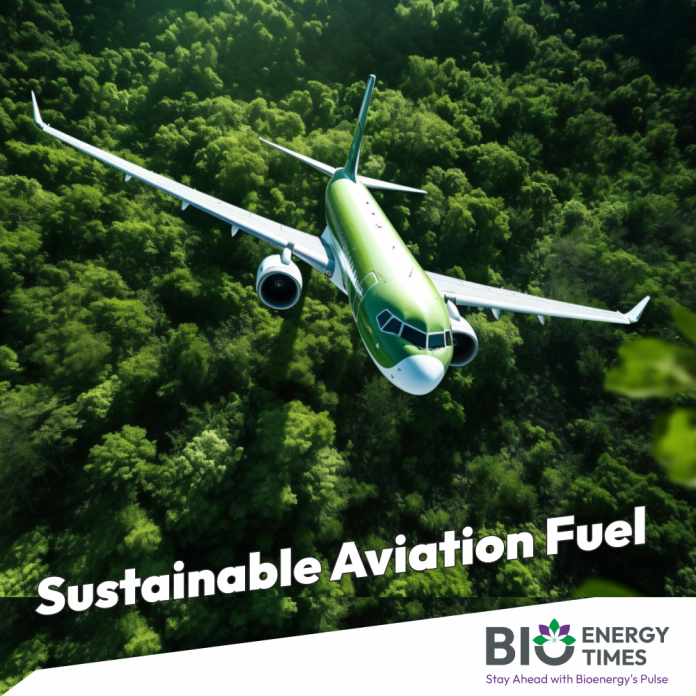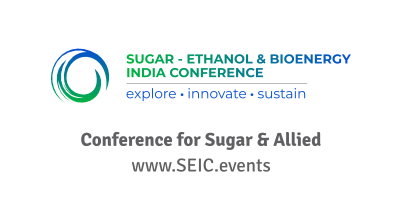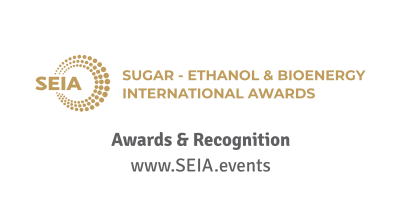European budget airline Wizz Air today announced its new strategy, “Flying Towards Net Zero,” outlining how it intends to achieve its goal of zero net carbon emissions by the year 2050. The new plan anticipates a nearly 90% reduction in the airline’s own emissions, with the majority of this decrease expected to come from the use of sustainable aviation fuel (SAF), reports ESG today.
Wizz Air stated that this new roadmap aligns with the targets set by the International Civil Aviation Organization (ICAO) to achieve net-zero carbon emissions from international air travel by 2050.
However, in its announcement, Wizz Air pointed out that the aviation industry’s ambition heavily relies on the large-scale production of technology that is not yet fully developed. The airline emphasized that its own plan prioritizes SAF and advancements in aircraft technology over relying on unproven technologies and carbon offsetting schemes, unlike the plans of some other airlines.
Yvonne Moynihan, Wizz Air Corporate & ESG Officer, commented, “Wizz Air supports an ambitious vision for net zero, but the truth is that the current pace of change is not enough, and without radical intervention, aviation will fail to meet its commitments.”
Fuel consumption accounts for the vast majority of emissions in the aviation sector. SAF, typically produced from sustainable sources like waste oils and agricultural leftovers, is considered a crucial tool for reducing carbon emissions in the airline industry in the short to medium term. SAF producers estimate that these fuels can reduce lifecycle greenhouse gas emissions by as much as 85% compared to traditional jet fuel.
However, efforts to significantly increase the use of SAF by airlines face considerable challenges, including the limited supply currently available and prices that are much higher than conventional fossil fuels. In 2024, SAF accounted for only about 0.5% of global commercial fuel use.
Wizz Air stated that SAF is the “cornerstone” of its net-zero plan, with the airline aiming for a 53% reduction in carbon emissions through increased SAF usage. The company stressed the need for governments to take action to boost SAF production through long-term policies and incentives to bridge the price gap between SAF and conventional jet fuel.
In addition to increasing SAF usage, Wizz Air’s plan outlines other key ways to reduce emissions. The company aims for a 21% reduction through technological improvements in aircraft and engine technology, 7% through renewing its fleet with newer, more efficient aircraft, 4% through reforms in air traffic management, and 2% through operational efficiencies.
Wizz Air’s own climate goals include reducing its carbon emissions intensity by 25% by 2030 and achieving net-zero emissions by 2050.
Moynihan added, “We need action, not just ambition. That’s why we’re calling on governments, regulators, and the fuel industry to wake up to the reality of aviation’s transition and start delivering the changes that will make net zero possible. Aviation needs a policy and investment revolution to shape the industry’s path.”
“Flights. Fuel. Footprint. This is our commitment. This is our journey. This is how we fly towards net zero.”














